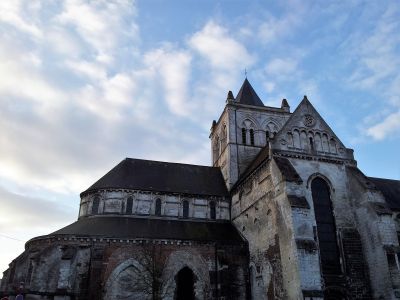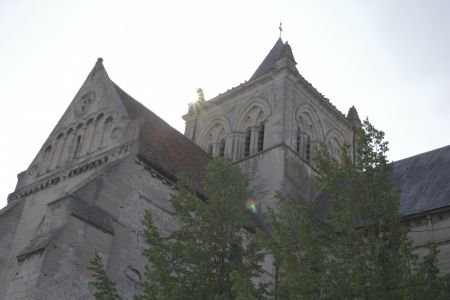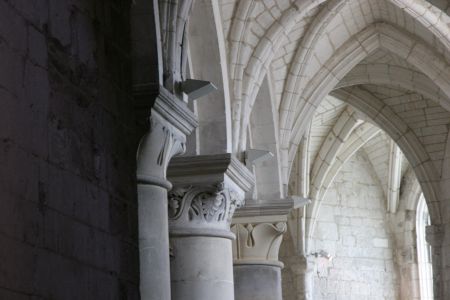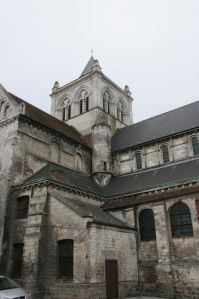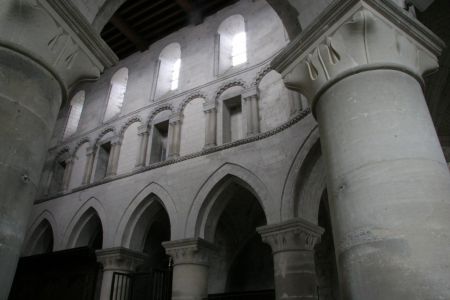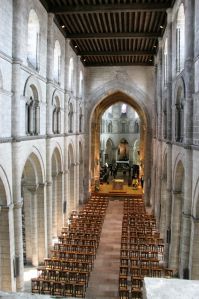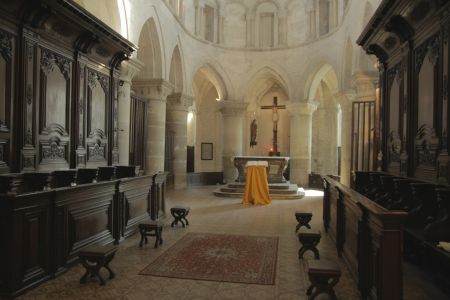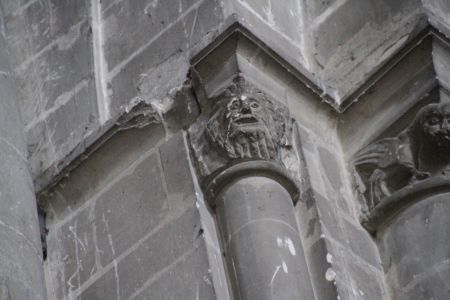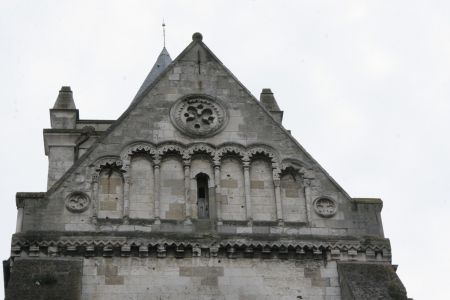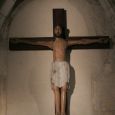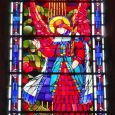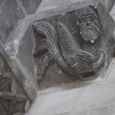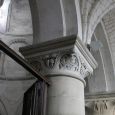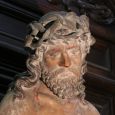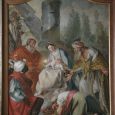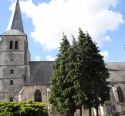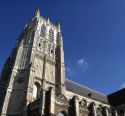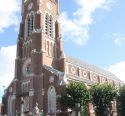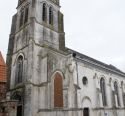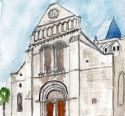Collegiate Church | XII | Romanesque | Catholic Church



Map
Opening hours
16 June - 22 September
Mon -
Tue -
Wed -
Thu -
Fri
Sat
Sun 15.00 - 18.00
Religious offices
Religious offices :
2d and 4th Sunday ot the month : 11 am
Description
Situated in Lillers, in the heart of the province of Artois, the collegiate church of Saint Omer enables visitors to return in time to the period of history when the canons came together for the liturgical offices before returning to their individual houses situated around the church.
The Romanesque church, built 900 years ago has massive exterior architecture which giving way to an interior architecture which is light and harmonious. The visitor can follow the pilgrims around the sanctuary, and admire the stone capitals carved with ‘water leaves’, stopping in front of the surprising ‘Christ with the Holy Blood’, dating from the 12th century with his disproportionate limbs. The church also has another reliquary for miraculous blood, which is visible during the National Heritage Days.
This part of the country is called Lys Romanesque, and has conserved patrimony a thousand years old. A few kilometers away, the Romanesque bell tower of the church of St. Nicolas of Guarbecque completes the visit of rare preserved Romanesque architecture.
Association des Amis du Patrimoine lillérois
Photos
Remarkable elements
Rood of the Holy Blood
(painted oak, late 12th century)
As a local legend goes, some drops of blood would have spilt out from the right thigh of the figure on this Holy Crucifix after a sacrilegious soldier struck it. Straight after the collegiate church became for centuries a reputed pilgrimage site thanks to this venerable relic. (Bruno Danel-Macé)
Stained-glass window : the Annunciation (1937)
To mark the end of the long lasting restoration campaign after the First World War, this large stained-glass window in Art Deco style (by Lorin, based on a Magne drawing) was installed in the north transept, opposite tis matching piece dedicated to St. Roch. (Bruno Danel-Macé)
Outline of the Romanesque sculpture
The nave decoration consists of some 120 captitals widely scattered over the arcade, the middle storey, the clerestory and even the timber celling; most of which are decorated with foliage motifs. Together with the capitals, we see some rare representations from the medieval bestiary, such as this hybrid figure of a male Siren carved on a bracket, in the north angle of the nave western wall (see above). (Bruno Danel-Macé)
Choir capital
(limestone, 12th century)
The choir arcade is suported by twelve columns bearing robust capitals with plain leaf design, except two of them which show that rare pattern of running foliage decoration. (Bruno Danel-Macé)
Christ bound
(polychrome stone, late 16th - deginning 17th century)
This harrowing figure of Christ waiting for his execution was kept hidden, together with the rood of the Holy Blood, by a local parishioner during the French Revolution and then restored to the church. (Bruno Danel-Macé)
Adoration of the Kings
(oil on canvas, late 18th century)
After the Revolution, at the Concordat of 1801, the main part of the furniture was looted or scattered and had to be replaced. The deans played an important role in this : they purchased liturgical objects (chalices, censers, vestments, etc.), and also works of art to beautify the inside of the church, such as his painting (see above), or the painting showing the Presentation at the Temple, in the north transept. (Bruno Danel-Macé)
Events at
Saint Omer
 03/08/2025
03/08/2025 10/08/2025
17/08/2025
24/08/2025
31/08/2025
07/09/2025
14/09/2025
21/09/2025
Guided tour



